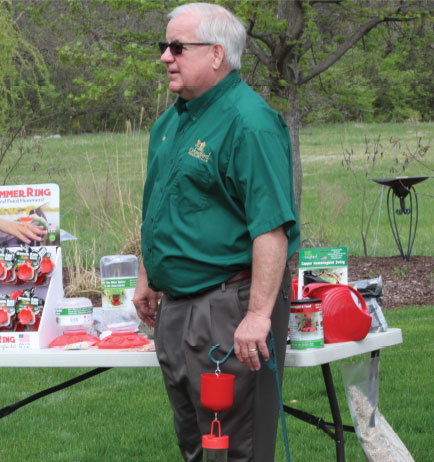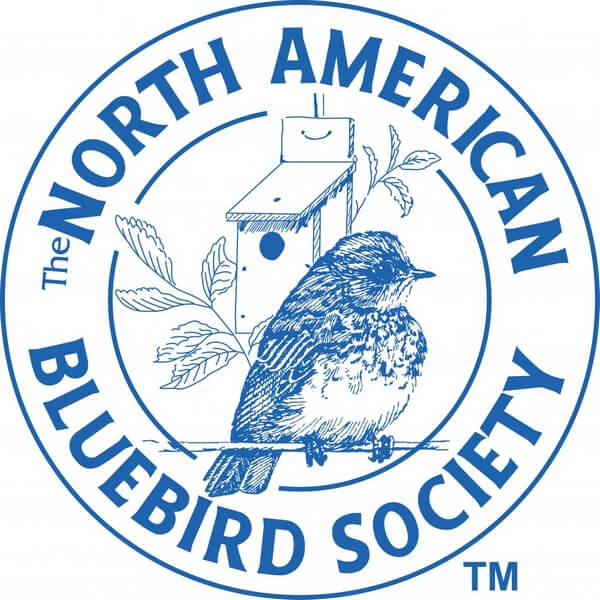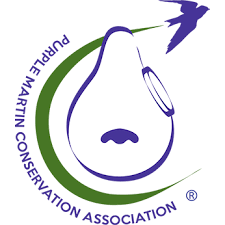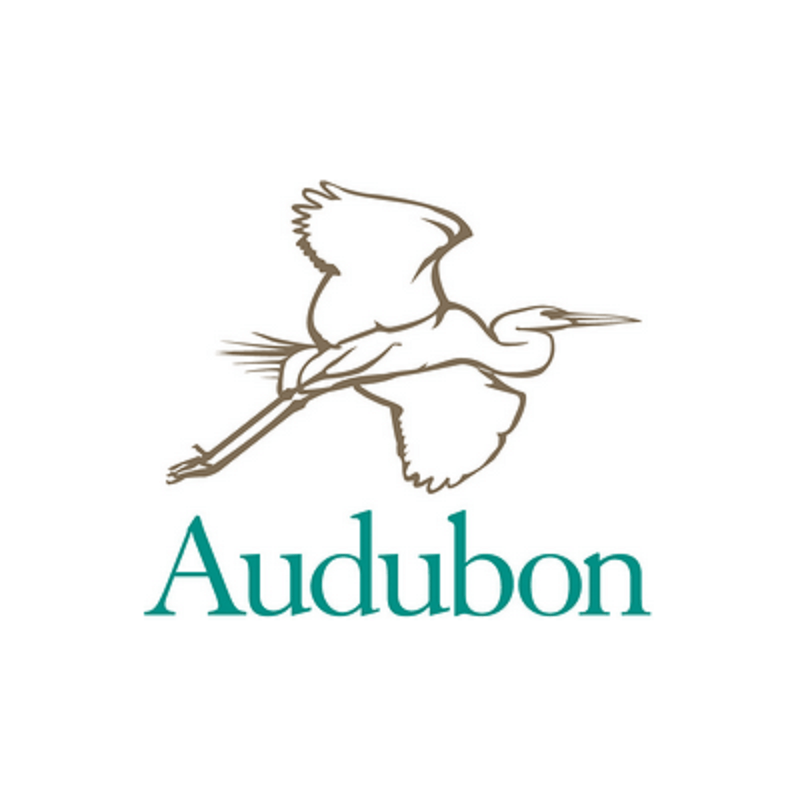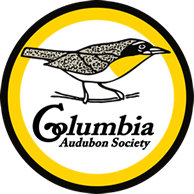
Copyright ©2025 Song Bird Essentials. All rights reserved.
Site Development: PennDev, LLC
The most common Chickadee in North America, the curious, active little Black-Capped Chickadee is well known for its distinctive “chick-a-dee-dee-dee” call. They are often the first visitors to a new feeder. They are “Clinging Birds” – as are Nuthatches, Titmice, and Woodpeckers – whose strong feet make it easy to run up and down a tree or grab a tiny insect or gnat.
Chickadees forage in trees and shrubs, even clinging upside to snag insects from the underside of leaves. You'll often see them at tray, tube or hopper feeders, especially in winter. They like suet, peanuts, peanut butter, black oil sunflower seeds and hulled sunflower seeds.
If you're patient, it's possible that a Black-Capped Chickadee will become tame enough to be handfed!
Chickadees allow dominant members of their flock to feed first, then typically grab a single seed and fly off with it. They cache (hide) their food and can remember where they hid it, weeks later!
Chickadees do visit birdbaths for drinking and bathing, but remember that these are small birds, so the water must be very shallow. You can add some river rocks or gravel to give the birds something to perch on while they drink. They do like moving, splashing water, so drippers can attract them.
Because they don't migrate, they do need access to fresh water even in winter.
Chickadees prefer coniferous and deciduous trees, as well as thick shrubs, for shelter, especially in winter months. These cavity-nesting birds will regularly use roosting boxes and birdhouses, good news!
Mount a Chickadee house such as the one pictured here on a tree, wall or pole about 4-15 feet above the ground. For extra appeal, scatter a few wood shavings or sprinkle some sawdust inside. They use nesting materials such as pet fur and small bits of string.
